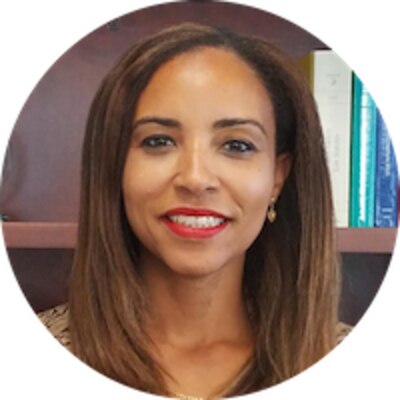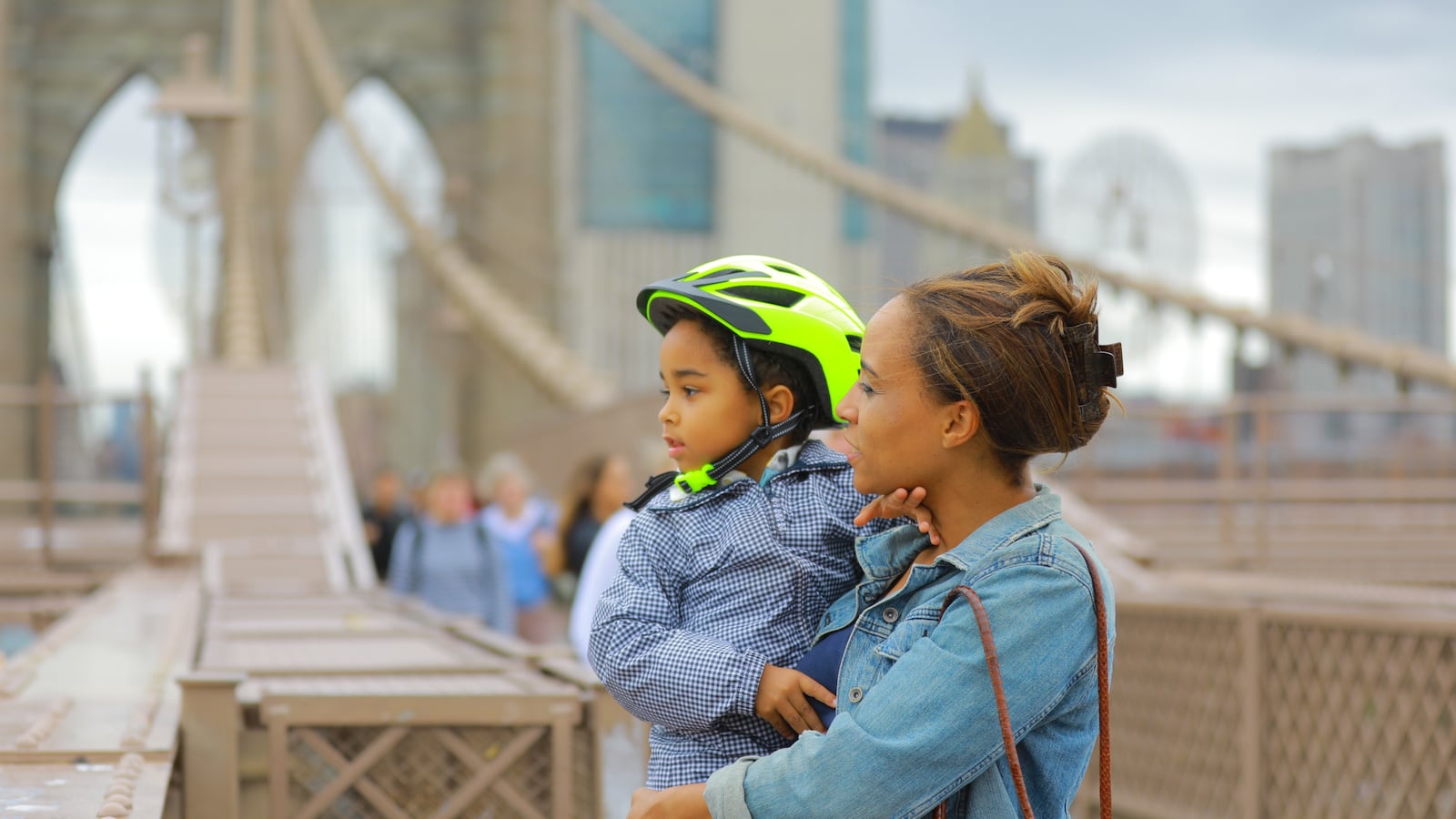
When we bought our two-family brownstone in the Bedford-Stuyvesant neighborhood of Brooklyn over 10 years ago, we were childless professionals unconcerned with the state of the area’s schools. Today we have an almost-4-year-old son eligible for pre-kindergarten and school options are a daily worry.
Our neighborhood is rapidly gentrifying, but the public schools lag behind, with no obviously good choices available. While some newcomers — mostly white parents — seem willing to take a chance on these works-in-progress schools, we feel we have little room for error. After all, we are raising a little black boy in America.
Our school district has been in a state of neglect for years — its version of a school board was defunct until recently; student enrollment has dropped significantly, with many schools under-enrolled; and the students perform in the bottom 10 percent of the entire state on exams. The parents have voted with their feet — less than a quarter of Bed-Stuy’s children actually attend their zoned school. The students that do remain in-district mostly attend the newer charter schools, which have made inroads by focusing on a back-to-basics, traditional curriculum.
Young families like ours who have invested in Bed-Stuy’s homes are now facing the challenge of finding a suitable school. Private schools seem like an easy answer, but tuition can begin as high as $40,000, if spots are even available. So the new wave of local parents began to organize, a group formed, and a plan emerged to adopt one or two neighborhood schools in order to advance them from within. Then tensions grew — black vs. white, old timers vs. new timers, middle class vs. lower income, progressive vs. traditional — and the movement fairly quickly hit some pretty big rocks. Long-time neighborhood leaders and civic organizations felt the new group was ignorant of their own efforts regarding the schools and did not value them as partners. Some even felt the newcomers were out of line by naming the group after the neighborhood, especially since they were viewed as only wanting to fix the schools “for their kids.” And the newbies made some unfortunate tongue-slips, both privately and in public, further feeding the resentment.
I paid attention to the little movement, marveling at these mostly white parents who would send their kids to schools with dreadful scores in the middle of what was not so long ago a rough neighborhood, schools where their kid would likely be the only “other” in the room. Most of the middle-class black parents I knew were not willing to take that risk. It is all well and good to say that you will send your kid to a majority low-income, low-scoring school because you believe in public schools, and you are not a snob, but the stakes are higher for black kids. Disparities in academic achievement begin early for black children, and they persist.
And then there is the slippery issue of school culture, which begins to matter around the third grade, when kids start to decide what their values are, who they want to be like, what is “cool.” Many middle-class black parents are concerned that their children will fall into the wrong crowd, lose focus on academics, and begin to veer off the path their parents followed to success. This is a terrifying preposition for these parents, who may have seen firsthand the results when promising cousins failed to graduate high school, or dropped out of college, or made a wrong turn into the criminal justice system.
For all these reasons, many black middle-class parents seek financial aid at prestigious prep schools, or squeeze into small apartments in better school districts, or move to mostly-white suburbs to benefit from the school systems there. We, however, wanted to see if we could keep our son in the diversity of New York City, in a quality public school. We were willing to consider the improve-your-school movement, but we also wanted to check out the more established Brooklyn public schools.
We visited seven pre-K options in total (four within our district) and it was illuminating. At some schools, we saw troubling things — signs declaring that children not picked up on time would be taken to the local police precinct, a principal who consistently used improper grammar during an open house, tour guides who explained that the kids sometimes watched videos rather than going outside at recess. Some schools simply suffered from a general air of tiredness.
But we found other schools more encouraging. At an established progressive school that prioritized low-income kids in its admissions, the library was bursting with books, there was robotics lab, and the teachers were seasoned and passionate about their social studies curriculum, which took an in-depth look at a different country each year. A “Unicorn” school just a neighborhood away was defying the odds and producing academically strong students while maintaining its majority black enrollment, with an unspoken theme of “black excellence.” I found an old law school classmate of mine serving as PTA president there, and many of our professional black friends have children enrolled.
We also observed big differences in schools’ priorities that seemed to map to what kinds of students they served. In New York City as in many places, Hispanic, African Americans and Asians apply to progressive schools at lower rates than whites, partially because there is a concern that progressive education does not work for black kids. On the tours we noticed that the majority-black schools were focused on “college readiness” and literacy “basics,” while “whiter” schools were heavy on progressive elements — project-based learning and child-led inquiries.
We also discovered that in more affluent neighborhoods after-school care options can be nonexistent. None of the pre-K centers by my workplace in lower Manhattan offered onsite after-school programs. This is not very tenable for a two-income home like ours.
And of course, we saw evidence of the segregation that has been so well documented in the city’s public schools. As soon as we crossed the Brooklyn Bridge into Manhattan, there were many fewer black and brown faces.
In the end we put the Unicorn school and the well-established progressive school as our top two choices on our lottery application. The Bed-Stuy options just felt like too much of a gamble — the movement too new, some of the schools a bit too far gone, and a few of the locations rather dodgy.
The lottery ultimately assigned us our fifth choice, an in-district school with a young principal who has a lot of energy and ideas. But the school has a long way to go academically, and we were nervous, especially after our attempts to find other families attending the program failed. By August we were stressed out waiting for the waitlists to move, and I began calling the schools to check on where we stood. When I learned there was an open spot in one of the lower Manhattan programs by my office — a lovely little program in the same building as a new school on the waterfront — I snatched the spot. We had visited the site but ultimately not listed it high because of the commute and because it was only a one-year option (the pre-K spot does not lead to any priority preference for kindergarten in that school or district). Now, however, we felt it was a better backup while we waited for Unicorn school to come through. It never did. There were 200 kids on the waitlist for pre-K, and no one gave up a slot.
This month our son started pre-K at the program in lower Manhattan. It’s early days but we are impressed so far. The teachers and administrators are warm, professional and prepared. We receive regular communications from the program — starting in the weeks leading up to the first day of class. The other families are racially diverse — white, black, Asian, South American, multiracial —although I cannot yet tell how socioeconomically diverse they are (the neighborhood is fairly affluent but there are some “commuters” like us). The important part is everyone is friendly. And of course, all the 4-year-olds are adorable.
So in the end, I guess we chickened out on the neighborhood school experiment, at least for pre-K. We have friends who did enroll in the “adopted” schools, and we are watching carefully. Kindergarten is a whole new application process, and our son likely cannot stay in lower Manhattan because he does not live in the school’s zone. So we will be back in the game shortly.
Saratu Ghartey is an attorney who lives in Brooklyn.
About our First Person series:
First Person is where Chalkbeat features personal essays by educators, students, parents, and others trying to improve public education. Read our submission guidelines here.

